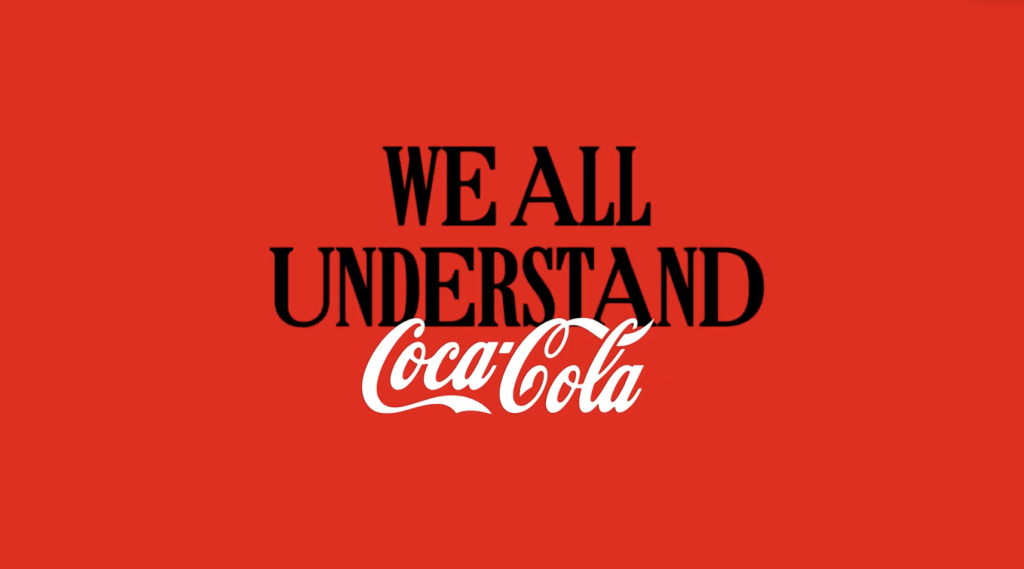To navigate the complex landscape of multicultural marketing, we sought insights from six industry experts, including a Chief Marketing Officer and a founder. Their strategies range from investing in culturally competent translations to incorporating culturally sensitive visuals, providing a comprehensive guide to navigating language barriers while maintaining authenticity.
How to Effectively Navigate Language Barriers While Maintaining Authenticity
- Invest in Culturally Competent Translations
- Employ Native Speakers for Localization
- Launch User-Generated Content Campaigns
- Test Messages and Use Translation Tools
- Incorporate Culturally Sensitive Visuals
Invest in Culturally Competent Translations
Matt Gehring, chief marketing officer of an online vet care company, advises that “language is crucial in conveying messages, establishing connections, and building relationships. When marketing to diverse audiences, it is most effective to use language that resonates with each group.”
He states that when navigating language barriers, investing in “one strategy to navigate language barriers is to invest in culturally competent translations. Instead of just translating words, companies should adapt their message to the cultural context of their audience. It is important to consider cultural nuances and sensitivities, and collaborating with local experts or hiring professionals who understand the cultural nuances can make a huge difference.”
Gehring illustrates that you can foster a more sincere and genuine connection by highlighting your audience’s culture in your messaging.
Employ Native Speakers for Localization
Fahd Khan, a marketing and technology director, emphasizes the significance of language for multicultural audiences. He states, “It’s the gateway to cultural relevance and connection. A key strategy is to employ native speakers for translation and localization efforts, ensuring that marketing messages resonate culturally and linguistically.”
He provides an example: “When targeting non-English-speaking markets, we collaborate with local language experts to adapt our campaigns, reflecting the nuances and preferences of the region. This approach not only overcomes language barriers but also demonstrates respect for the local culture, which is essential for authenticity and building trust with international clients.”
Launch User-Generated Content Campaigns
Ben Lau, founder of an online SEO company, says, “Launching user-generated content campaigns where customers from different multicultural backgrounds share their experiences with the brand in their native languages creates an authentic connection.”
Lau encourages customers to create content; by doing so, companies bridge the language gap and become able to resonate with those diverse audiences. He provides an example of this: “A cosmetic brand could invite customers to share makeup tutorials or product reviews in their native languages, allowing them to engage with the brand authentically and connect with others within their community.”
Test Messages and Use Translation Tools
Sam Roberts, a digital marketing manager for a vending machine company, transcribes the use of language as a significant role in the success of any marketing campaign. He advocates that “language is our channel to the world and dictates our understanding of what is being presented to us. That said, when approaching multicultural audiences, it is crucial to test out the various iterations of the message because, often, some messages don’t translate as well.”
Roberts strongly recommends that “having an interpreter or someone familiar with the languages and cultures within the area is helpful in determining if the message is successfully translated. There are many tools that exist in the marketing world that can help you do the bulk of translation, so you aren’t forking out huge sums on content writing in multiple languages.”
Incorporate Culturally Sensitive Visuals
Roy Lau, co-founder of a mortgage company, also depicts how valuable language is in marketing, but with a visual twist. He breaks it down, stating that “language is vital, but visuals also play a crucial role in multicultural marketing. Companies should ensure visuals are culturally sensitive, inclusive, and reflect diverse audience preferences.”
Lau provides a great example: “A beverage company targeting multicultural audiences can depict people from different ethnic backgrounds enjoying their product together, showcasing cultural diversity and inclusivity. By incorporating visuals that resonate with diverse cultures, companies can overcome language barriers while maintaining authenticity.”
—————-
Special thanks to Featured for their continued help in the creation of this blog post. Click below for more strategies from the Nativa team regarding Online Marketing.




